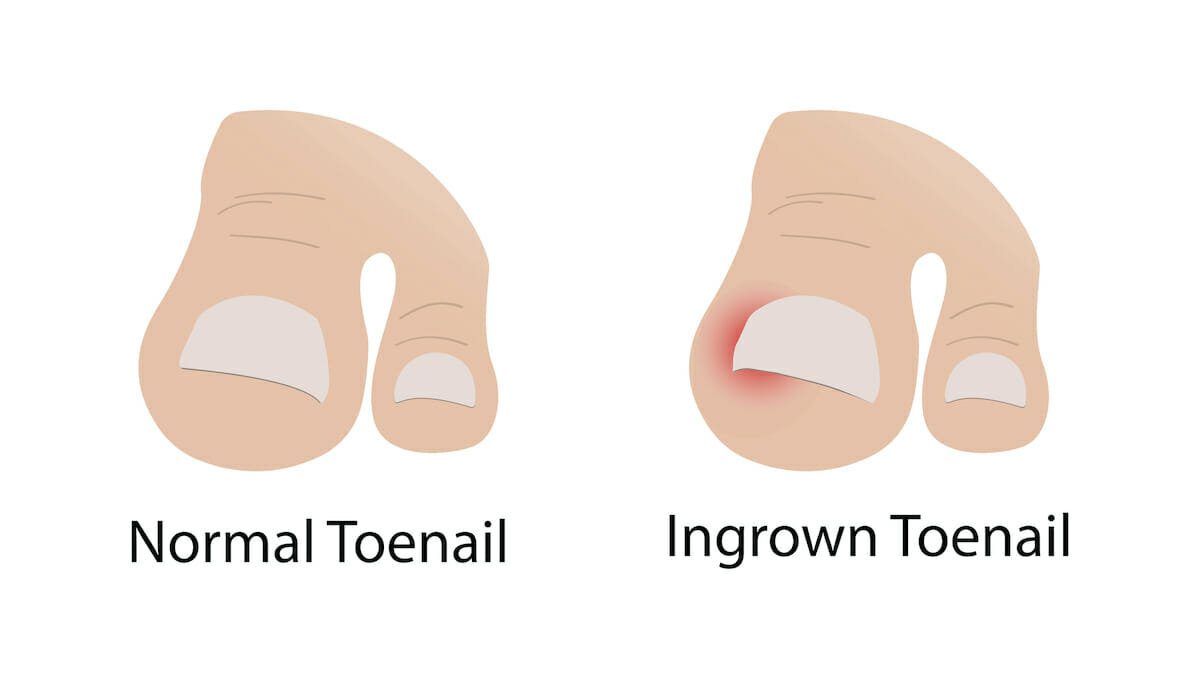More people working from home these days often means more hours looking at computer screens and mobile devices. And eye experts at Mayo Clinic say that could create some temporary vision problems.
If you stare at a computer monitor or cellphone too long and then experience temporary blurry vision, it’s likely because the moisture layer on the front surface of your eye is getting dry.
“If that tear film is not smooth and even, and of the right quality and quantity, vision does tend to be compromised. So, people may notice that they have clear vision one moment, they blink, and it gets blurred. They blink again, and it gets clear,” says Dr. Muriel Schornack, a Mayo Clinic optometrist.
Blinking spreads important tears over the front surface of the eye.
“Whenever we’re doing anything that requires distinct attention to visual detail, our blink rate goes down,” says Dr. Schornack. Instead of a normal blink rate of every five to seven seconds, you might only blink every 15 to 20 seconds when looking at a screen.
“Blinking is huge. It’s hugely important. It can go a long way toward keeping us more comfortable. It’s obviously inexpensive, and it’s readily available,” says Dr. Schornack. Next time you find yourself staring at a screen, try the 20-20-20 rule. “Every 20 minutes, look at something 20 feet away, blink 20 times for 20 seconds,” she says.
Using over-the-counter eye drops periodically throughout the day also can help.
How Too Much Screen Time Can Impact a Child’s Vision
Between watching TV, spending time on cellphones and using laptops for school, kids are spending a lot of time on screens these days, and research has shown that can cause issues for their eyes.
“From 1971 to now, we have seen a doubling of the rate of myopia or nearsightedness, and we think that that is related to a combination of things, but mostly environmental factors of being inside and looking at near things like reading, and also screens, like small screens and then also not spending as much time in the sunlight,” said Allison Babiuch, MD, pediatric ophthalmologist for Cleveland Clinic.
Dr. Babiuch said they often refer to the issue as “digital eye strain” – which includes symptoms like headaches, dry eye feeling and blurry vision.
Ideally, she said the best way to treat that is by cutting down on screen time. However, that’s not always possible.
If that’s the case, she also recommends children using the 20-20-20 rule. For every 20 minutes of screen time, you give your eyes a 20 second break and try to look 20 feet away.
“Other things you could do, depending on how severe your symptoms are, is trying to remember to blink, which can be hard to remind yourself to blink. But, even just resting your eyes, closing them for a few seconds can help. Some people do use artificial tears to help re-lubricate their eyes. Usually, you don’t have to do that if you can take enough breaks and limit the screen time,” she said.
Dr. Babiuch said the good news is that symptoms related to digital eye strain are all temporary and shouldn’t cause any long-term side effects.
If your child’s vision problems persist, you should talk to an eye doctor.
Sources: https://newsnetwork.mayoclinic.org/discussion/mayo-clinic-minute-how-staring-at-screens-can-affect-your-vision/
Cleveland Clinic News Service, August 24, 2022, http://www.clevelandclinic.org












